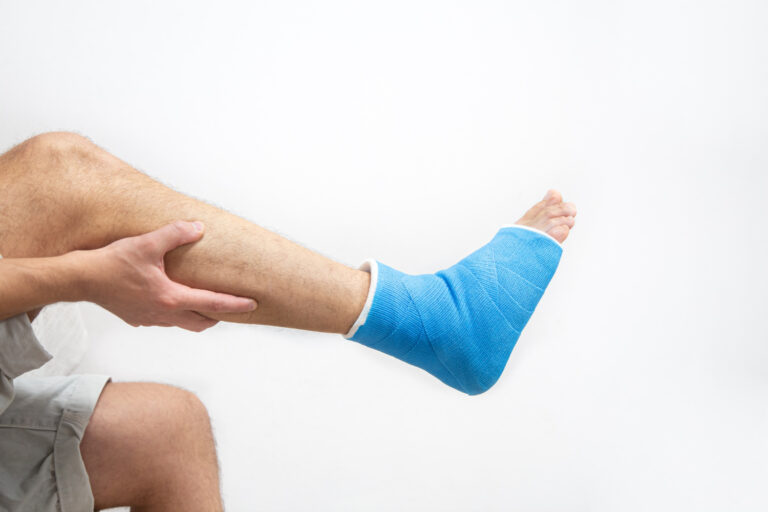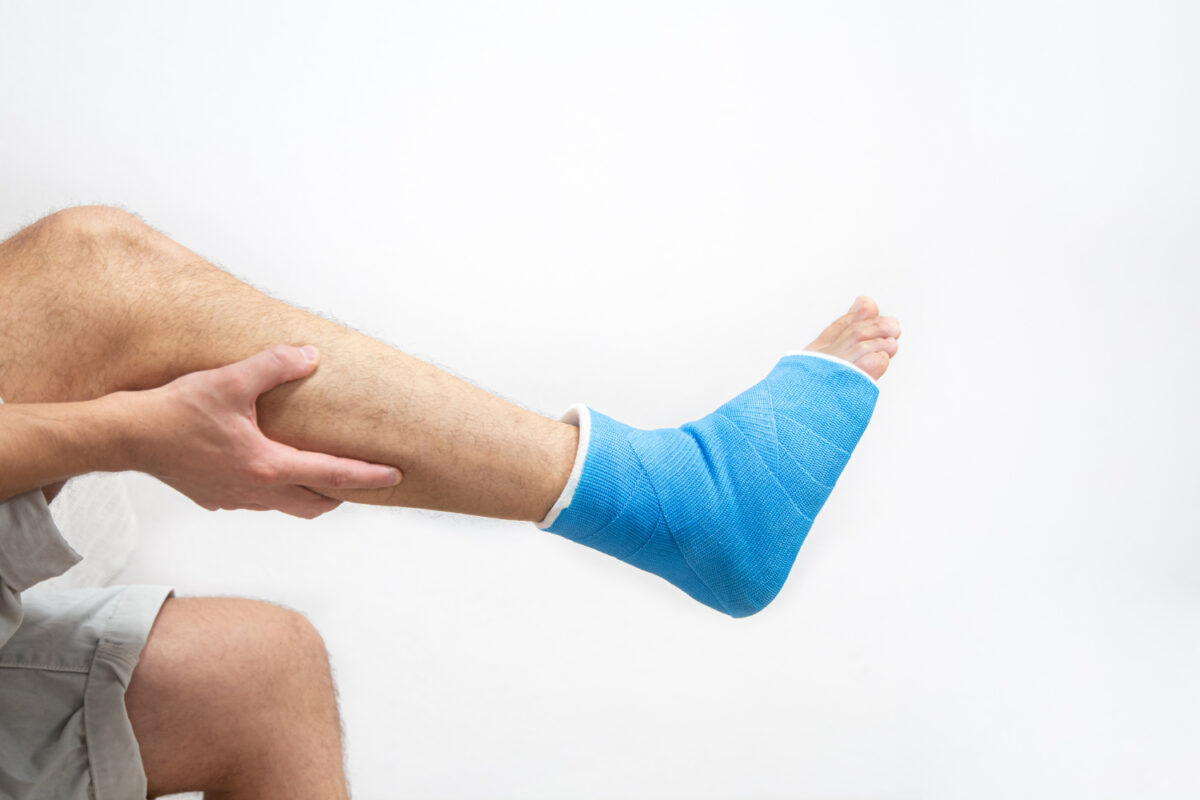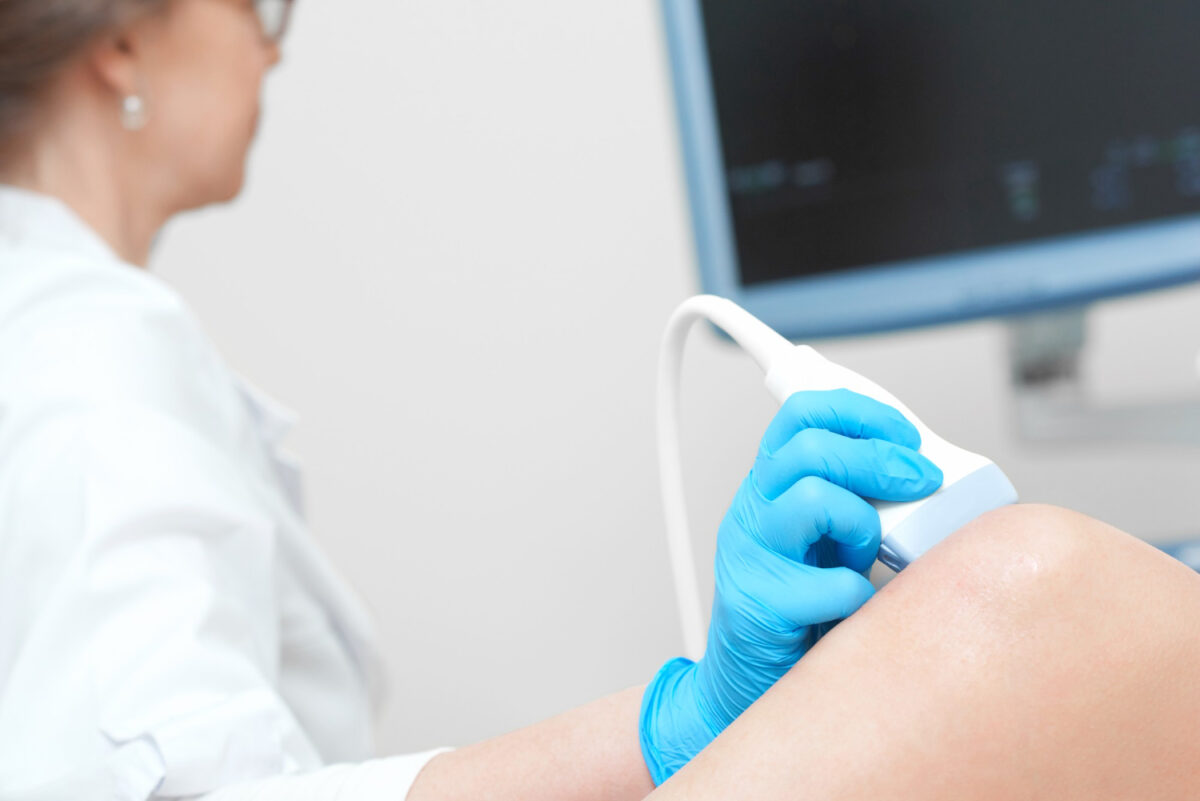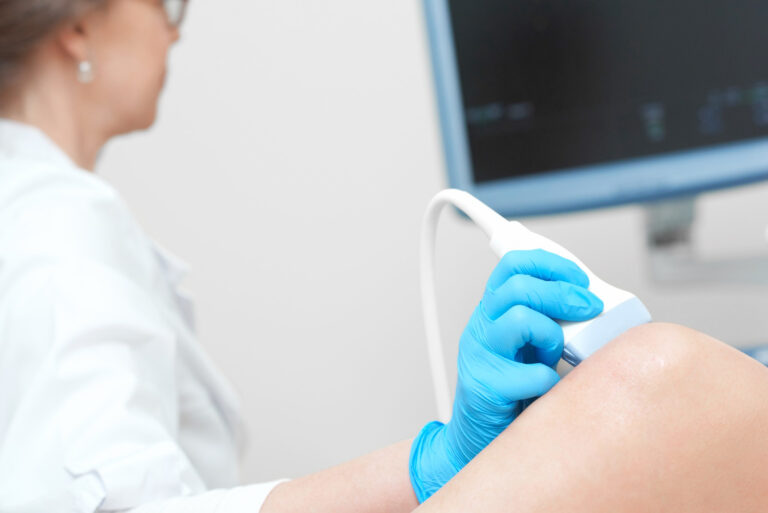/ บทความ / Treatment for Achilles Tendon Rupture with Physiotherapy

The Achilles tendon is the largest tendon in the human body, connecting the calf muscles to the heel bone. It is the largest and strongest tendon in the human body and is crucial for running, jumping, and walking but it is also prone to injury. An achilles tendon rupture can be a painful and debilitating injury that requires prompt treatment. Physiotherapy is an essential part of the treatment plan for Achilles tendon rupture and it can help to regain strength and mobility in the ankle.
What is An Achilles Tendon Rupture?
An achilles tendon rupture is a partial or complete tear in the tendon, and caused from overuse, sudden movements, or a direct blow to the ankle. Symptoms of a torn Achilles tendon include pain, swelling, stiffness, and difficulty walking.
How Can Physiotherapy Help?
Physiotherapy is a non-invasive treatment option for an achilles tendon rupture that can help you recover faster and avoid surgery. After a diagnosis of Achilles tendon rupture, the physiotherapist will initially provide treatment aimed at reducing swelling and pain in the area.
Rest and immobilization: It is essential in the initial stages of the treatment to allow the tendon to heal. Resting the ankle and wearing a cast or brace can help the tendon heal and prevent further injury. The physiotherapist may recommend the use of a walking boot or a cast to immobilize the foot and ankle and reduce the strain on the tendon.
Ice and compression: Applying ice and compression to the ankle can reduce pain and swelling.
Range of motion exercises: As the healing process progresses, the physiotherapist will begin to introduce a range of motion exercises to prevent stiffness in the ankle and foot including gentle stretching and movement exercises.
Strengthening exercises: Strengthening exercises can help to restore strength and mobility in the calf muscles and achilles tendon. The exercises may include calf raises, ankle rotations, and resistance band exercises.
Gait analysis: Walking and running patterns may be affected by an Achilles tendon rupture, and the physiotherapist will work with you to correct any changes in your gait including analyzing the walking and running patterns and providing exercises to improve the stride and foot placement.
Functional training: It involves exercises that mimic the movements required for daily activities and sports. The physiotherapist may incorporate functional training exercises to help to return to regular activities safely and effectively and prevent re-injury.
Physiotherapy can help to recover from a torn Achilles tendon without surgery, and can prevent future injuries. It’s important to consult with a qualified physiotherapist for proper diagnosis and treatment.
Physiotherapy plays a crucial role in the treatment and rehabilitation of an Achilles tendon rupture. It can help reduce pain, improve range of motion, and restore strength and function to the affected leg. It’s essential to work closely with the physiotherapist to ensure a safe and effective recovery. To analyze and assess the situation and receive proper treatment, you can visit PrimoCare Medical Clinic to get a consultation. We are ready to take care of your health ultimately. You can inquire or make an appointment in advance here.
References:
- Achilles tendon rupture
- Achilles tendon rupture
- Ankle injuries: Causes, treatments and prevention
- Range of motion
- Achilles Tendon Stretches and Strength Exercises
- Achilles Tendinopathy – Biomechanical Properties






